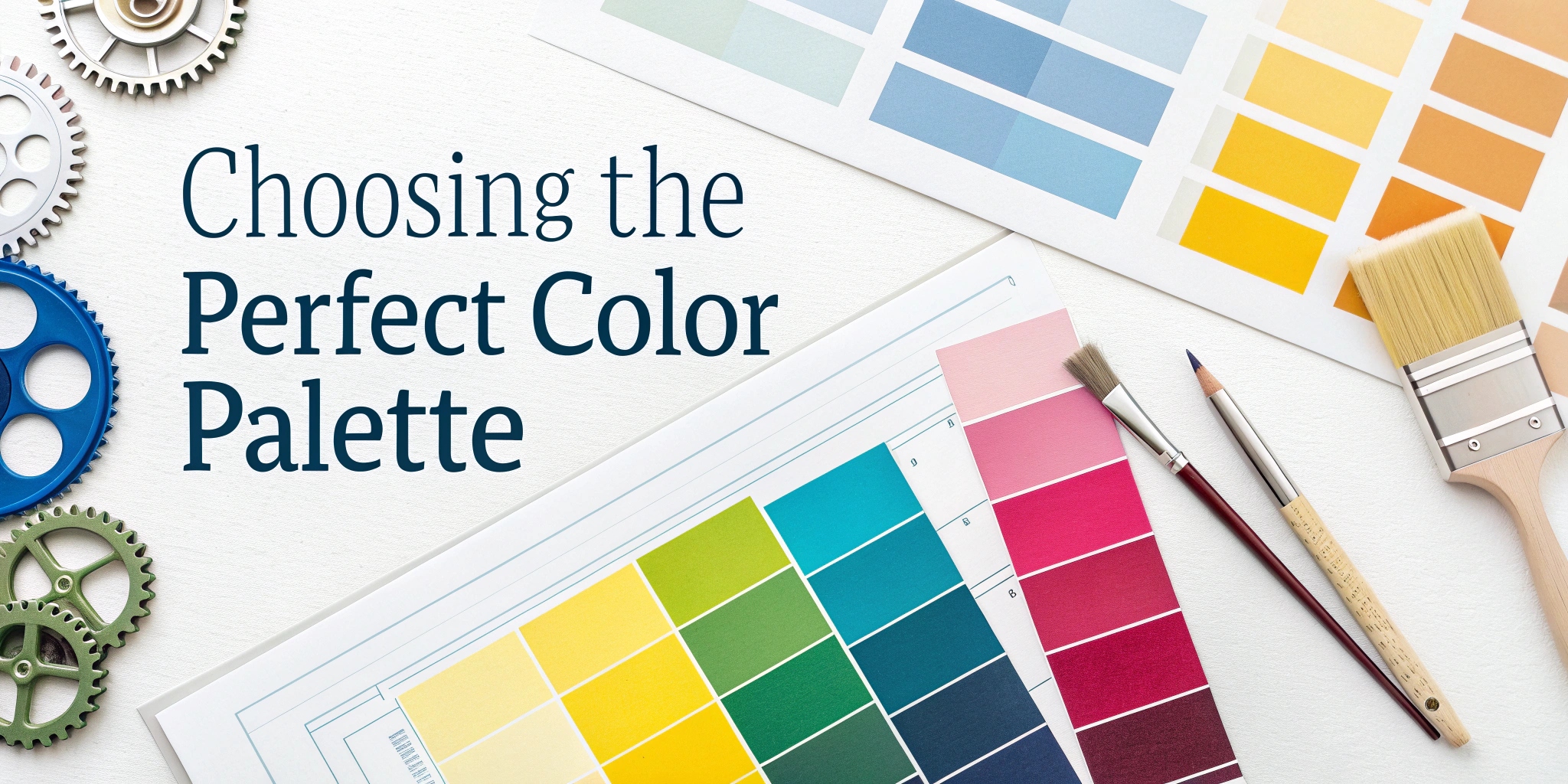
Choosing the Perfect Color Palette
Color plays a powerful role in shaping the mood, style, and overall feel of your home. The right color palette can turn a plain space into a warm, welcoming haven or a sleek, modern sanctuary. But with endless shades and combinations available, choosing the perfect color palette can feel overwhelming. Here’s a guide to help you make confident and cohesive color decisions for your space.
1. Understand the Mood You Want to Create
Colors influence emotion. Cool tones like blues and greens promote calm and relaxation, perfect for bedrooms and bathrooms. Warm tones such as reds, oranges, and yellows create energy and warmth—ideal for kitchens and living areas. Start by defining the atmosphere you want for each room.
2. Draw Inspiration from Your Surroundings
Look to your furniture, art, fabrics, and natural surroundings for inspiration. A favorite painting, rug, or even your garden can serve as the foundation for your color palette. Pull tones that you love and build from there.
3. Choose a Base Color
Start with a main color that will serve as the foundation of your palette. This is typically a neutral or subtle shade used on walls or large surfaces. Popular base colors include soft whites, greys, beiges, or pastels.
4. Add Accent Colors
Once your base is set, add one or two accent colors for depth and personality. These can be bolder or more vibrant and are great for accessories, furniture, or feature walls. Accent colors help bring your space to life.
5. Use the 60-30-10 Rule
This classic interior design principle helps maintain balance. Use your dominant color for 60% of the room (walls, floors), a secondary color for 30% (furniture, curtains), and an accent color for 10% (pillows, décor).
6. Consider Lighting
Lighting dramatically affects how colors appear. Natural light enhances true color, while artificial light can change its tone. Always test paint samples at different times of day and under various lighting conditions before making a final decision.
7. Don’t Be Afraid of Bold Choices
While neutrals are safe, bold colors can add drama and character. Navy blue, emerald green, or even deep burgundy can elevate your design when used thoughtfully in moderation.
8. Stay Consistent Throughout the Home
For a cohesive feel, maintain a consistent color flow from room to room. This doesn’t mean every room must match, but ensure your palette transitions smoothly with complementary tones.
9. Sample Before You Commit
Always sample paint colors on your wall and observe them over a few days. This helps you see how they look in your unique space and lighting. What looks perfect on a swatch may appear completely different in your home.
10. Trust Your Instincts
Trends come and go, but your home should reflect your personality. Choose colors that make you feel happy, calm, or inspired—whatever aligns with your vision for the space.
At Home Residence Luxury, our design experts are here to help you select the perfect color palette for your renovation or interior project. From concept to completion, we’ll guide you in creating a space that feels just right. Contact us today to get started with your personalized color consultation.
Leave a Comment